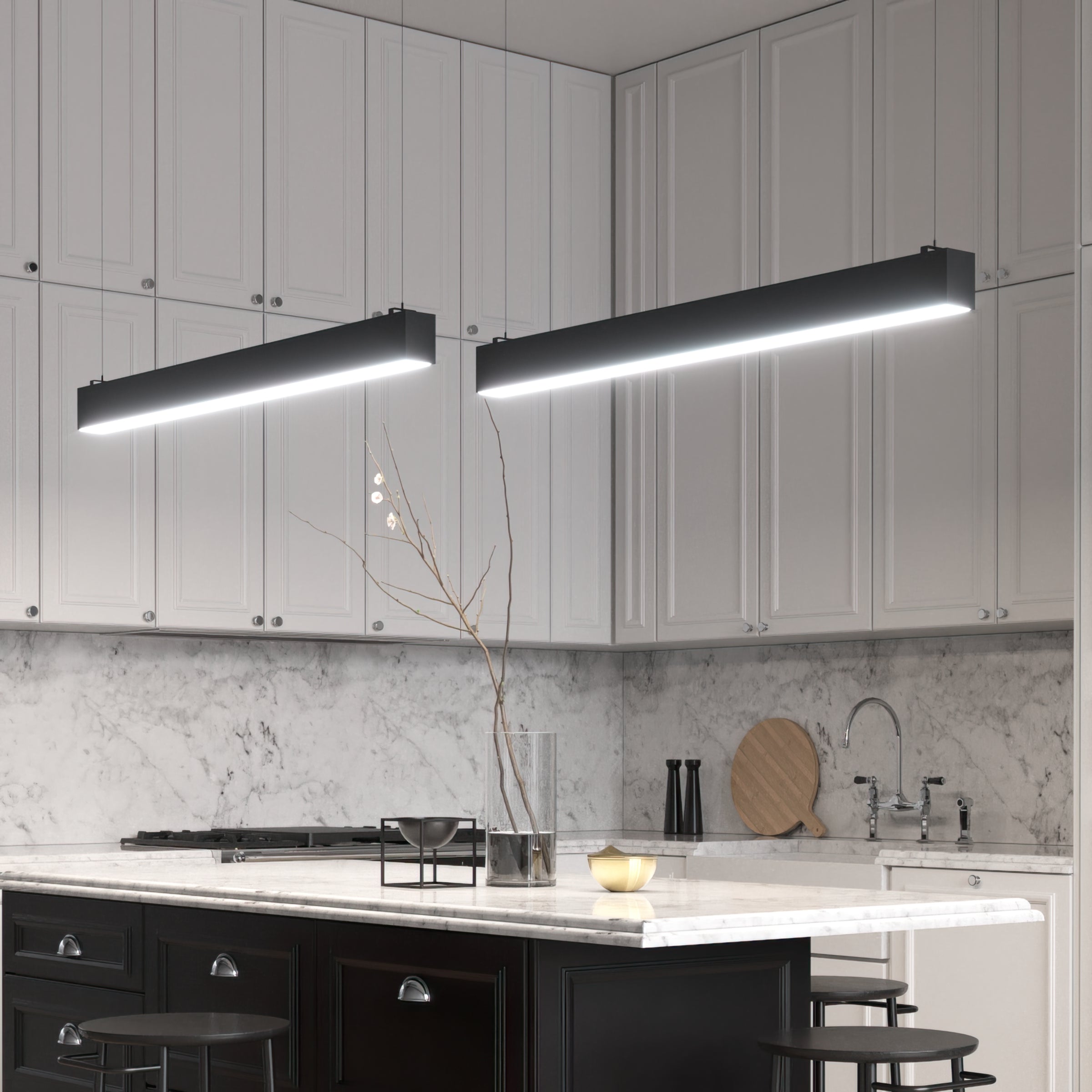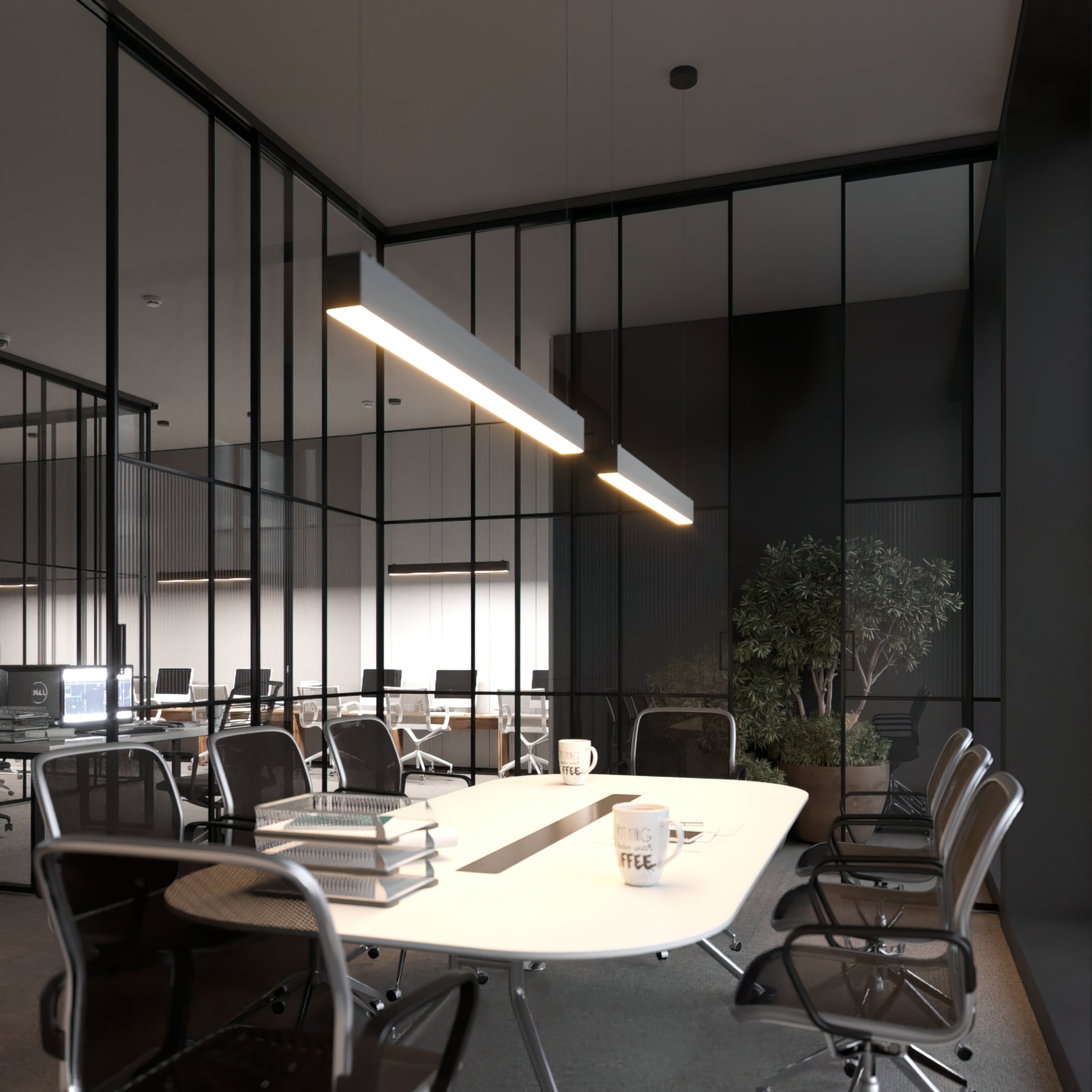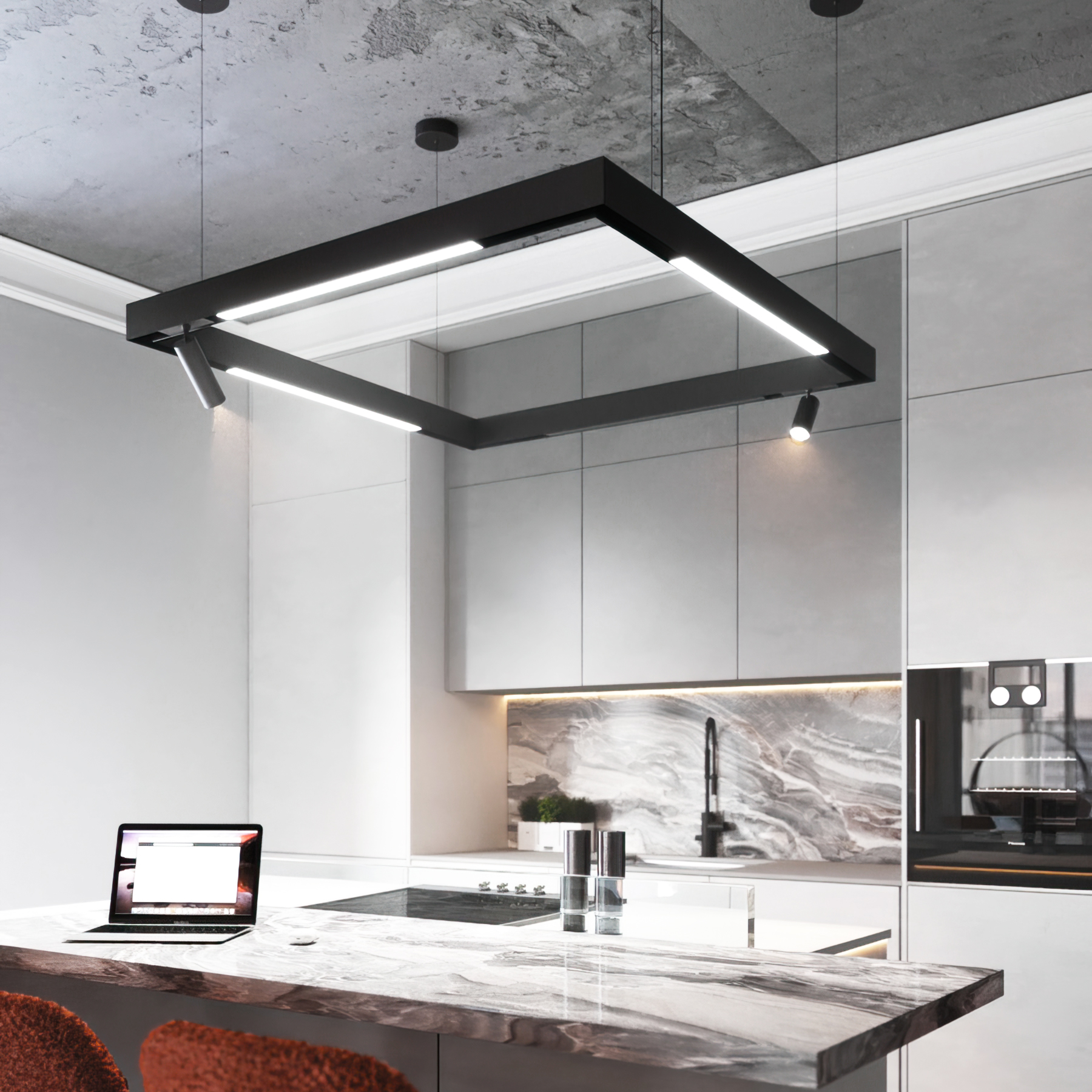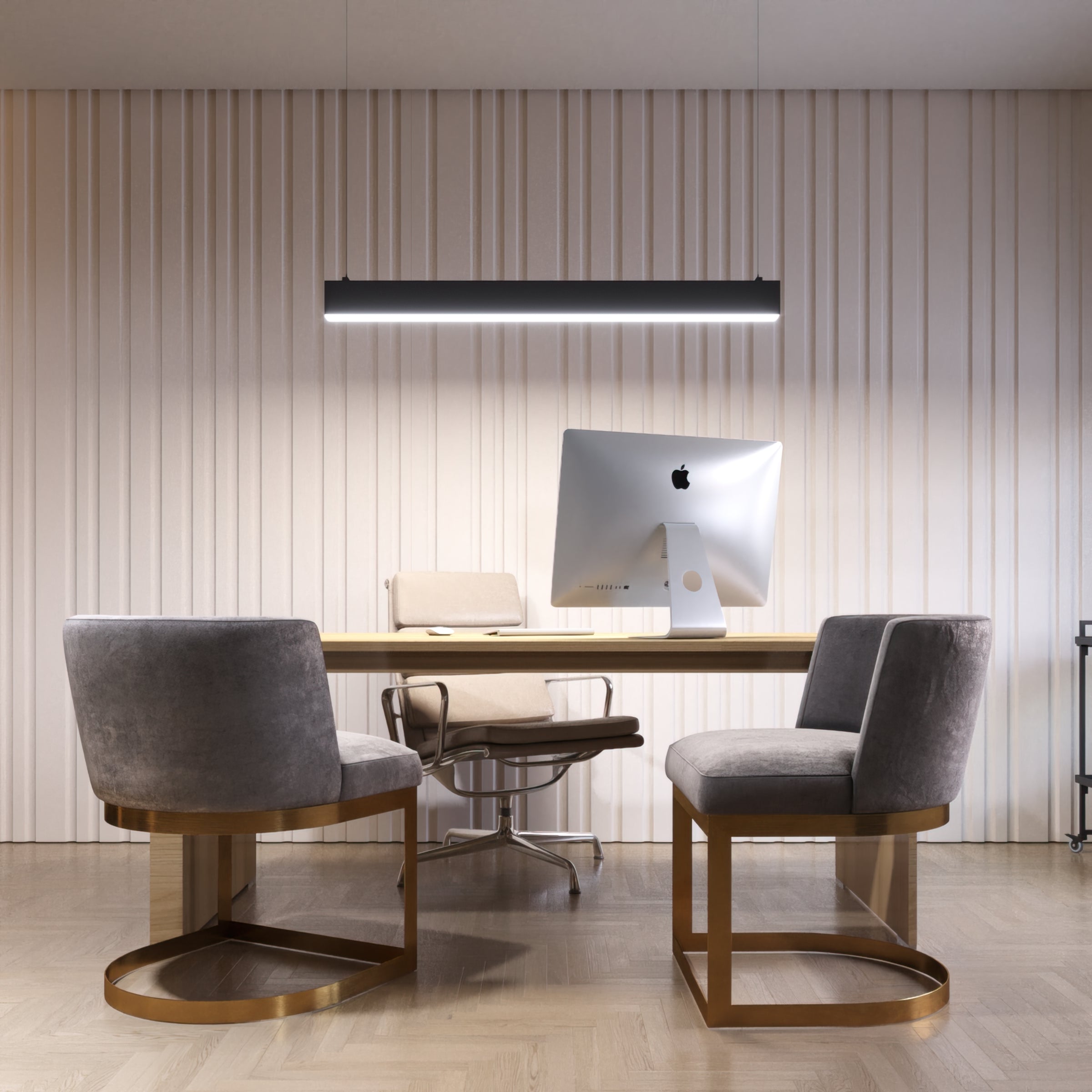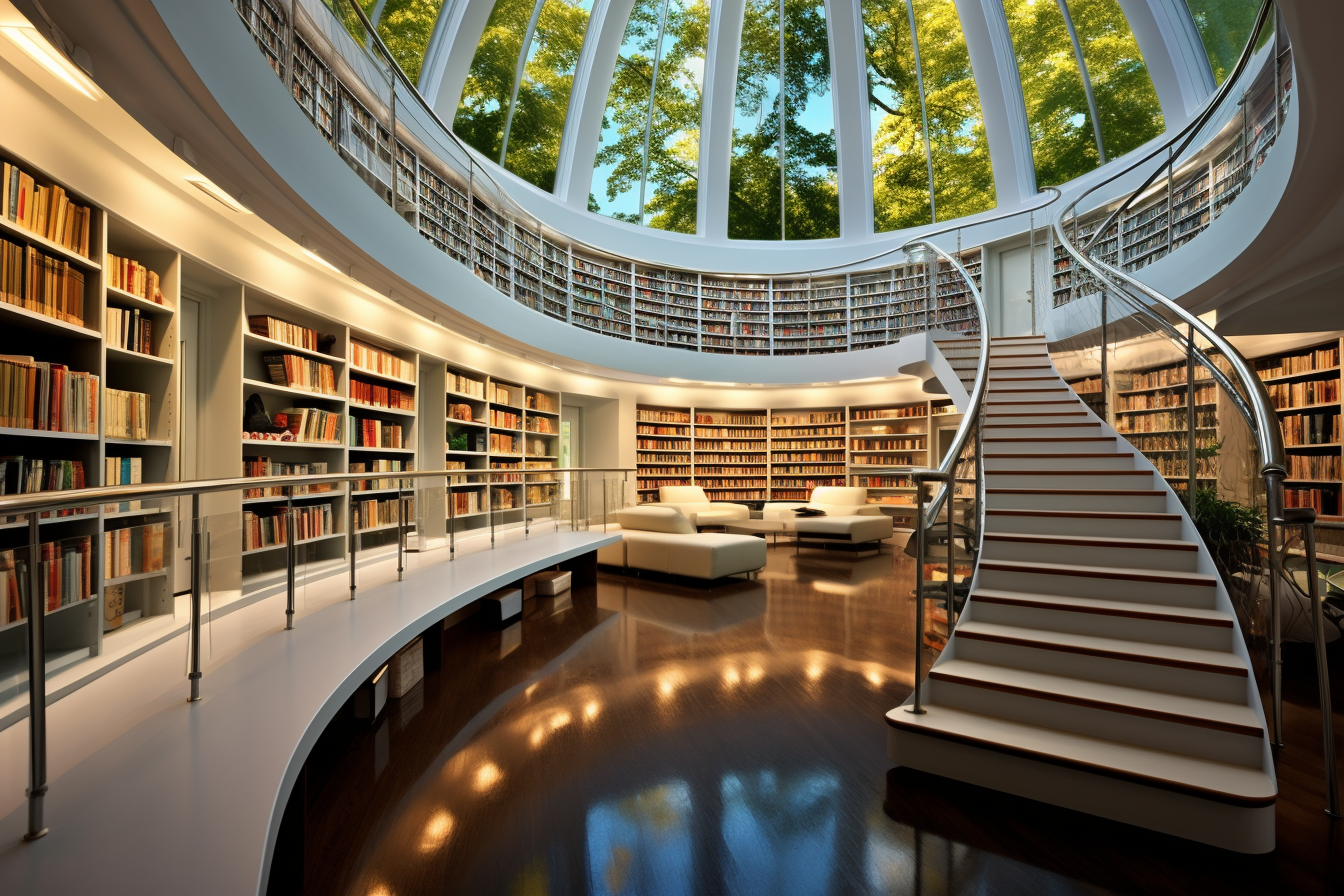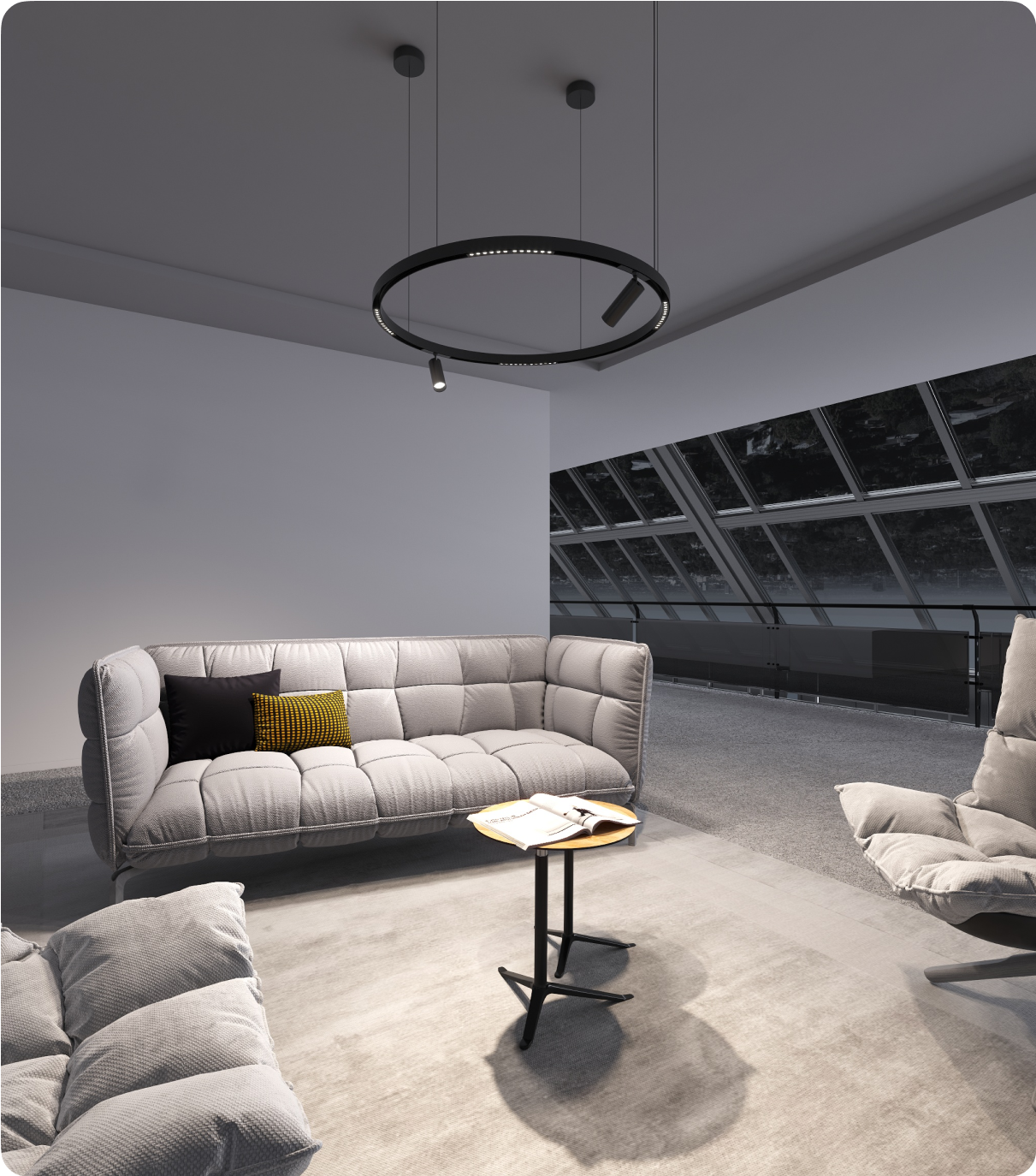Library lighting plays a crucial role in creating an inviting and functional space for readers and researchers alike. The right library pendant lighting fixtures not only illuminate the surroundings but also enhance the overall atmosphere, making the library a place where people can immerse themselves in books and knowledge. In this blog post, we will explore some illuminating and innovative ideas to transform your library into a captivating haven.
When it comes to library lighting, it's essential to strike a balance between functionality and aesthetics. Adequate task lighting is crucial for reading areas, study desks, and computer stations, ensuring that users can comfortably engage with the materials. Adjustable desk lamps and overhead spotlights can provide focused lighting where needed, minimizing eye strain and enhancing concentration.
The ambient lighting in a library sets the tone and creates a welcoming atmosphere in addition to task lighting. Soft, warm lighting can enhance the library's charm and encourage visitors to spend more time exploring its treasures. To create a pleasant glow that embraces the space, incorporate wall sconces, pendant lights, or even recessed lighting.
To add a touch of innovation to your library lighting design, consider incorporating smart lighting systems. These systems allow for dynamic control of lighting levels, color temperature, and even lighting scenes, creating a customizable experience for different areas and activities. Imagine being able to adjust the lighting in a lecture hall for a presentation or dimming the lights in a reading nook for a more relaxed atmosphere.
In this blog post, we will delve into various lighting fixtures and design ideas that can elevate your library to new heights. From modern pendant lights to energy-efficient LED fixtures, we'll explore options that not only illuminate but also inspire. Get ready to discover the power of lighting in creating a truly remarkable library experience.
Why is Proper Lighting Important in Libraries?
For avid book enthusiasts, understanding the importance of appropriate lighting in a reading space or corner is straightforward and easy to grasp. This designated area, which combines elements of a personal library and a study, offers a serene and uninterrupted environment for indulging in the joy of reading. Creating a cozy and intimate atmosphere in these spaces is of utmost importance, taking into account factors such as comfortable furniture, ample elbow room, efficient storage solutions, and suitable decor that reflects one's personal taste and style. Lighting plays a substantial role in both the functionality and aesthetics of a reading nook, setting the mood and enhancing the overall experience. It is crucial to carefully select and install lights that provide optimal support for reading, as large overhead lights can be overwhelming and disrupt the serene ambiance. Purpose-built reading lights are an ideal choice as they offer a precise and focused glow at the perfect angle, enabling readers to effortlessly peruse the pages without any strain or discomfort. An excellent example of such a fitting is the LED Lights Direct fixture, renowned for its flexibility, practicality, and elegant design. This wall lamp not only provides gentle illumination from its main bulb but also features an adjustable reading light, allowing readers to customize the lighting according to their preferences and needs. These well-thought-out lighting fixtures greatly contribute to the creation of a comfortable and immersive atmosphere in the reading nook, effectively eliminating any distractions caused by glare or bothersome shadows that may hinder the reading experience. Reading nooks can serve as invaluable spaces, particularly for passionate book lovers or individuals seeking a peaceful and secluded study area where they can fully immerse themselves in the world of literature. When designing a reading nook, it is essential to prioritize and emphasize comfort, thereby ensuring a truly enjoyable and satisfying reading experience that encourages relaxation, focus, and intellectual growth.
Library Lighting Design Ideas
Add More Natural Lighting
Incorporating large windows into the building design allows for the entry of natural light, which is highly advantageous for reading and creates a pleasant and inviting atmosphere. Additionally, the presence of ample natural light has been shown to have positive effects on the well-being and productivity of individuals. However, it is important to consider that depending on the local climate or building structure, it may only sometimes be feasible to have an abundant amount of sunlight throughout the entire day. In such instances, the use of artificial lighting can be employed in conjunction with natural light, offering the ability to adjust and customize the lighting conditions to ensure an optimal environment for various activities. Furthermore, it is worth noting that natural light not only serves as an ideal lighting source for reading and studying but also contributes to enhancing visual comfort in hallways, staircases, and other communal areas. In situations where natural light is not readily accessible, it becomes crucial to explore and implement suitable and comfortable alternatives that can effectively replicate its benefits.
Use Layering Lighting
When designing your library lighting, it is important to remember that you have the opportunity to explore a wide range of options. By incorporating a variety of fixtures, lumen outputs, and color temperatures, you can create a more dynamic and engaging lighting design. In larger libraries, it is especially crucial to embrace versatility and diversity in lighting choices. For instance, you can consider using overhead troffers for general lighting, wall sconces near doorways to add a touch of elegance, and shelf sconces to provide focused illumination for the rows of books. This multi-faceted approach not only adds visual interest but also ensures that different areas of the library receive the appropriate level of lighting. As a result, the library will be well-lit and offer an inviting environment for its visitors.
Consider the Right Color Temperature
An alternative method for creating a layered lighting plan is to incorporate different color temperatures. An area's ambiance and functionality are influenced by color temperature, which describes how warm or cool the light appears. By understanding the unique benefits that each color temperature offers, you can effectively enhance the atmosphere and cater to specific needs.
Warmer lights, which emit a yellowish glow, create a cozy and inviting environment. They are perfect for accent lighting, adding a touch of warmth and intimacy to any room. Imagine a dimly lit living room with soft, golden hues casting a soothing glow.
On the other hand, cooler color temperatures produce a bluish-white light that promotes focus and concentration. These lights are ideal for study rooms, home offices, and areas where tasks requiring attention to detail are performed. Think of a brightly lit study room with a cool library ceiling light that keeps you alert and focused.
When considering lighting for areas with computer labs or where students will be using laptops, it becomes crucial to align the color temperature with the screen to minimize eye strain. Opting for a blue-white color temperature, similar to the light emitted by computer screens, can help reduce visual discomfort and fatigue. Additionally, maintaining moderate lumen levels ensures a comfortable and productive environment for students.
Install Task Lighting
Installing task lighting is an excellent method to enhance the versatility of lighting for users greatly. This additional lighting option can significantly improve the functionality and ambiance of any space. By adding task lighting, you can introduce a variety of lighting fixtures that cater to different needs and preferences. For example, you can incorporate a fluorescent or LED strip unit positioned above a study cubicle to provide direct and focused illumination. Additionally, you can strategically place table lamps in shared study areas to create a cozy and inviting atmosphere. These lighting fixtures not only serve the practical purpose of better lighting, but they also contribute to the overall aesthetics of the space. With task lighting, you can transform your environment into a well-lit and stimulating place that promotes productivity and concentration. Whether it's reading, studying, or engaging in other activities that require focused attention, task lighting ensures that the lighting conditions are optimized for maximum comfort and efficiency.
Invest in Energy-Efficient Lighting
Even though the utilization of natural light is already maximized, it is important to address the issue of continuously operating lights throughout the day for extended periods. This can significantly impact the costs for most libraries. However, there are solutions available in the market that not only aim to enhance lighting efficiency but also reduce utility expenses.
One such solution is the emergence of LED technology as the preferred option over traditional fluorescent lighting. LED technology offers several advantages, including a longer lifespan for both bulbs and fixtures, lower energy consumption while providing high illumination output, and minimal maintenance requirements. By implementing LED lighting systems, libraries can enjoy cost savings in the long run.
Furthermore, LED lighting systems can be equipped with additional features to improve efficiency further. For example, occupancy sensors can be installed to prevent lights from running unnecessarily. Timers can be used to ensure lights are not left on beyond the required time, and other innovative lighting technologies can be incorporated to contribute to a more cost-effective lighting system.
Library Lighting Fixtures
Linear LED Lighting Fixtures
Linear lights create a unique atmosphere and rejuvenate any space. They are easy to install in commercial settings and provide excellent illumination throughout the day and night. Linear lights are carefully positioned to achieve an architectural lighting design and create a perfect glow that enhances the overall ambiance.
Round LED Lighting Fixtures
Round LED fixtures are circular lighting fixtures that enhance the atmosphere of any room. With their transparent appearance and upscale design, they are perfect for indoor illumination. LED lighting offers energy-saving, long-lasting, and environmentally friendly round LED lights.
